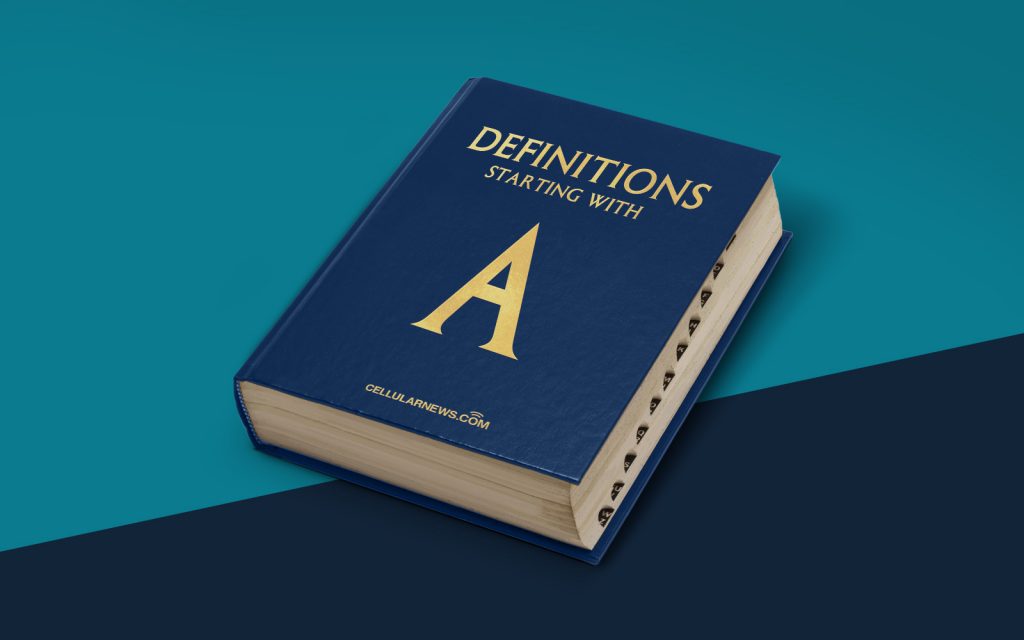
Understanding Absolute Cell Reference: Definition and Usage
Welcome to the “DEFINITIONS” category on our website! Today, we are diving into the fascinating world of spreadsheets and learning all about absolute cell reference. Whether you’re a data analyst, a business owner, or simply someone curious about the inner workings of Excel or Google Sheets, this blog post will provide you with a clear and concise definition of what absolute cell reference is and how it can be used to your advantage. So sit back, relax, and let’s get started!
What is Absolute Cell Reference?
At its core, absolute cell reference is a feature that provides a fixed reference to a specific cell in a spreadsheet. While regular cell references in formulas are relative and change based on the position they are copied or dragged, absolute cell references always point to the same cell, regardless of where the formula is located. In simpler terms, absolute cell reference is like an anchor that keeps your formulas in place!
Key Takeaways:
- Absolute cell reference is a feature in spreadsheets that keeps a specific cell reference fixed, regardless of formula placement.
- It is represented by a dollar sign ($) placed before the column letter and row number, such as $A$1.
Now that we have a basic understanding of what absolute cell reference is, let’s dig a little deeper and explore how it can be used effectively.
Using Absolute Cell Reference to Your Advantage
Absolute cell reference is a powerful tool that can greatly enhance the functionality and efficiency of your spreadsheets. Here are some practical applications where absolute cell reference shines:
- Locking references to fixed values: Absolute cell reference allows you to lock references to fixed values in your formulas. For example, if you have a sales tax rate stored in cell A1 and want to calculate the tax amount for a range of values in column B, you can use an absolute cell reference like $A$1 in your formula. This ensures that the tax rate remains constant for all calculations, even if you copy the formula to other cells.
- Creating dynamic range references: Absolute cell reference can also be used to create dynamic range references. By combining absolute and relative references, you can create formulas that adjust dynamically based on specific criteria. Let’s say you have a dataset in columns A and B, and you want to sum only the values in column B that meet a certain condition. By using absolute cell reference for the starting cell, such as $A$1, and a relative reference for the ending cell, like B2, you can easily expand the formula to include more rows in the calculation while keeping the starting point fixed.
These are just a couple of examples that highlight the versatility and practicality of absolute cell reference. By mastering this feature, you’ll be able to create more robust and flexible spreadsheets, making your data analysis tasks a breeze!
In conclusion, absolute cell reference is an essential tool for anyone working with spreadsheets. It provides a fixed reference to a specific cell, ensuring accuracy and consistency in your calculations. By using absolute cell reference, you can lock references to fixed values and create dynamic range references, allowing you to build more powerful and adaptable formulas.
We hope this blog post has helped you to better understand the concept of absolute cell reference. If you have any further questions or need assistance with implementing this feature in your own spreadsheets, feel free to reach out to our team of experts. Happy formula-building!
